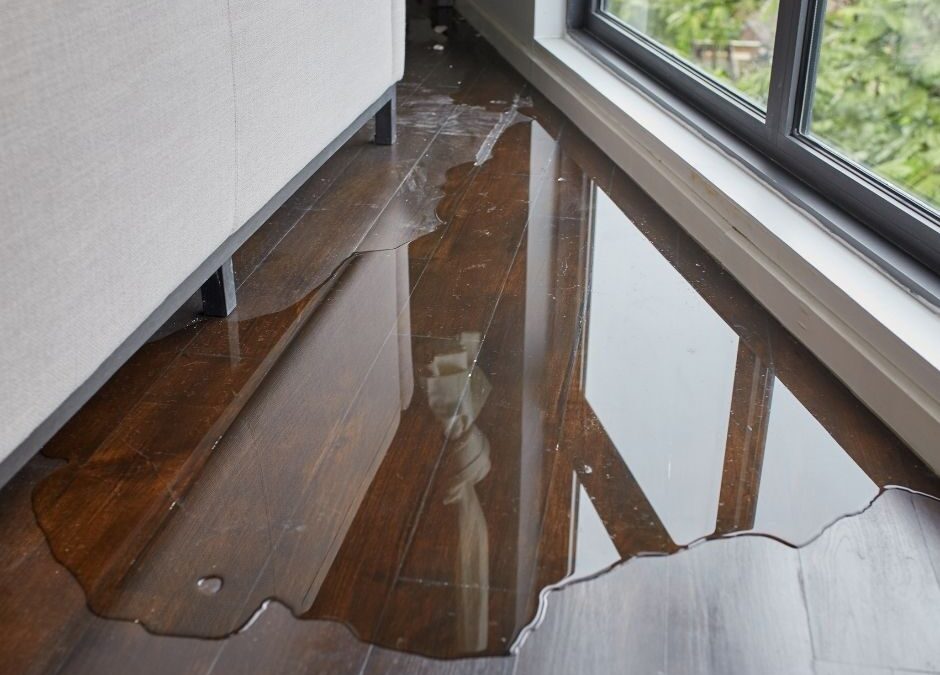Mold is a fungus. There are all kinds. It’s everywhere–indoors and out. Most mold insurance claims typically arise in one of two circumstances: (1) mold comes to the property owner’s attention along with the discovery of ongoing moisture buildup, water leakage, or water intrusion that has gone on for some time below the property owner’s radar; or (2) after a sudden, accidental flood or leak from a plumbing system or appliance, and there is a delay in, or failure to, adequately dry out water damaged building products, fixtures, furnishings, finishes or belongings.
Homeowner, commercial property owner, and renter property policies differ in kind and in scope from insurer to insurer. Dealing with mold problems goes beyond tackling its adverse effects on health. Often, the first headache for home or business owners comes from not having a plan or budget for mold restoration services. Well, no one builds a home or office with plans for it to be taken over by some dangerous fungi. However, when you find mold growth in your workplace or apartment, you have to deal with it immediately. What do you do when you find out that you are facing mold issues, and feel the need to use your insurance?
What is mold insurance or mold liability coverage?
Mold insurance is the coverage for damage due to mold, which is included in an insurance policy. Environmental insurance, general liability, and property policies sometimes include coverage of mold. If these policies do not include mold insurance coverage, then, insurance coverage could be made available by purchasing an endorsement of the forms.
Does insurance cover mold damage?
The short answer to this question is yes. However, mold may only be covered by insurance if and when certain conditions are met. Typically, insurance coverage depends on the source of the moisture or the leading cause of mold growth. Several insurance policies will cover any damage if linked to an actual loss that was initially covered. Also, you need to prove that such loss resulted in the mold problems you are facing. While most insurance policies offer minimal coverage for mold claims, you still need to check with your homeowner’s insurance provider for whatever mold remediation coverage you may be able to access.
Mold damage and insurance claims – What to do?
A larger percentage of home or property owners do not plan for mold remediation, which can be an obstacle to getting the help needed for a mold problem. If you have discovered mold damage in your home or business due to a covered peril, the next question on your mind may be how to file a mold damage insurance claim. Follow these steps to make a successful mold insurance claim.
Step 1: Prepare yourself for the task ahead
One way to be sure you are ready is to request an investigation into the cause of mold damage. Then take pictures of the mold. It is important not to attempt to start repairs before calling your insurance company or filing a mold claim.
Step 2: Call your insurance company and make a mold claim
Once you have your proof ready, next is to contact your insurance provider and make a claim. Provide detailed information about mold growth and damage. If by any chance, you have cleaned or removed or tampered with the mold or any damaged material, state such too. However, do not dispose of any materials before the insurance adjuster arrives.
Step 3: Avoid any further damage
While you may be eager to start cleaning or getting rid of the mold, it is very important to not begin any reloads before the insurance adjuster has arrived to evaluate the extent of the damage. However, it is vital to prevent further damage. You may turn off the leak to a pipe or place a bucket where a roof is leaking or block the hole etc.
Step 4: Tender all your evidence
Now, this is the final step. Once the insurance adjuster arrives, please provide them with your supporting materials. These can include photographs, investigation reports, and a list of your damaged property. These will help you support your claim and receive support quickly.
In the end, taking the time to understand your insurance policy is the ultimate step in knowing whether you are covered for mold problems in the home. The best way to go about this is to contact your insurance company. We are available to answer your questions regarding your homeowners and business insurance policies.
Source: https://uphelp.org/claim-guidance-publications/mold-contamination-insurance-coverage-101-the-basics/ and https://www.ecofmr.com/articles/guide-to-mold-damage-and-insurance-cover/


